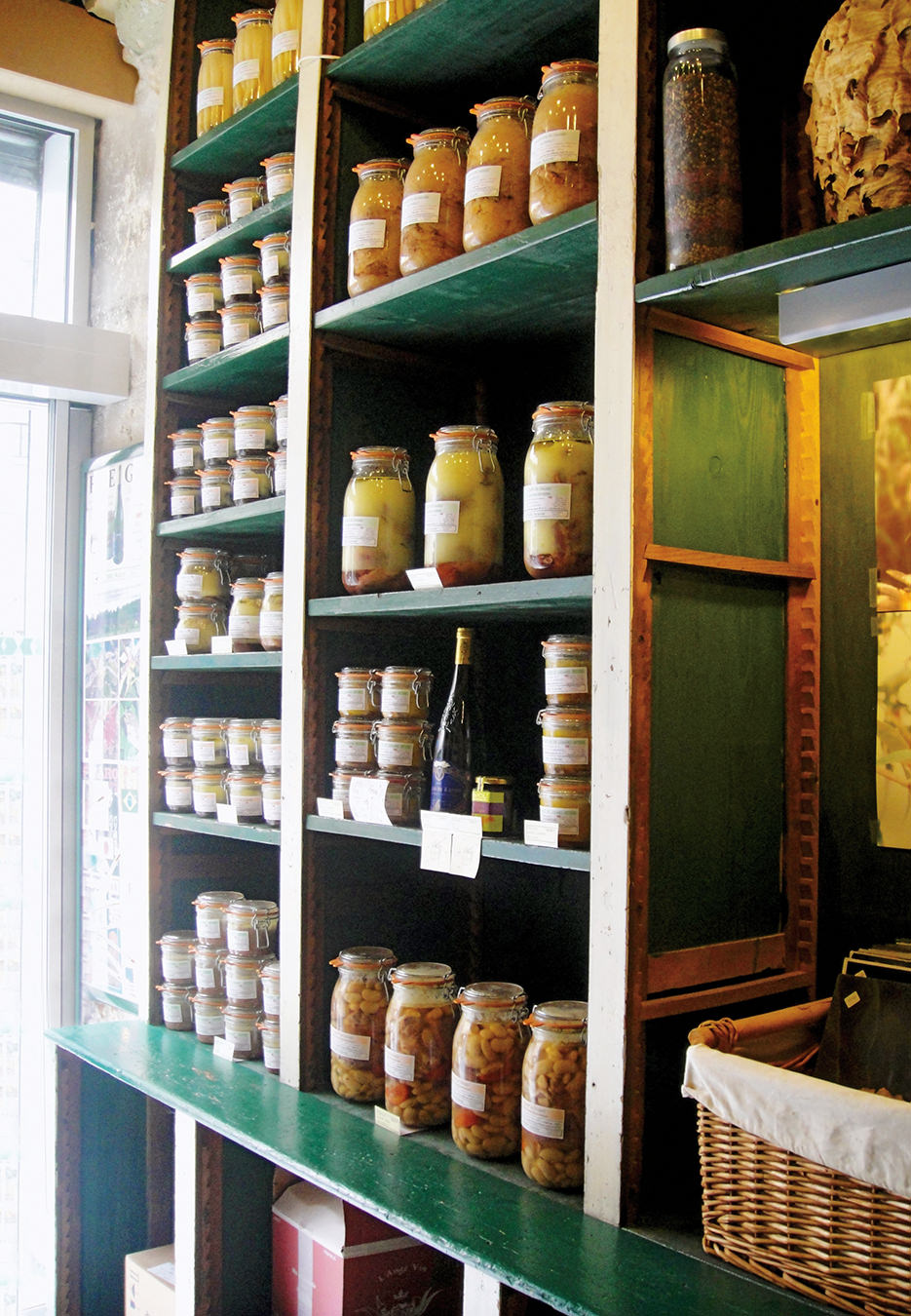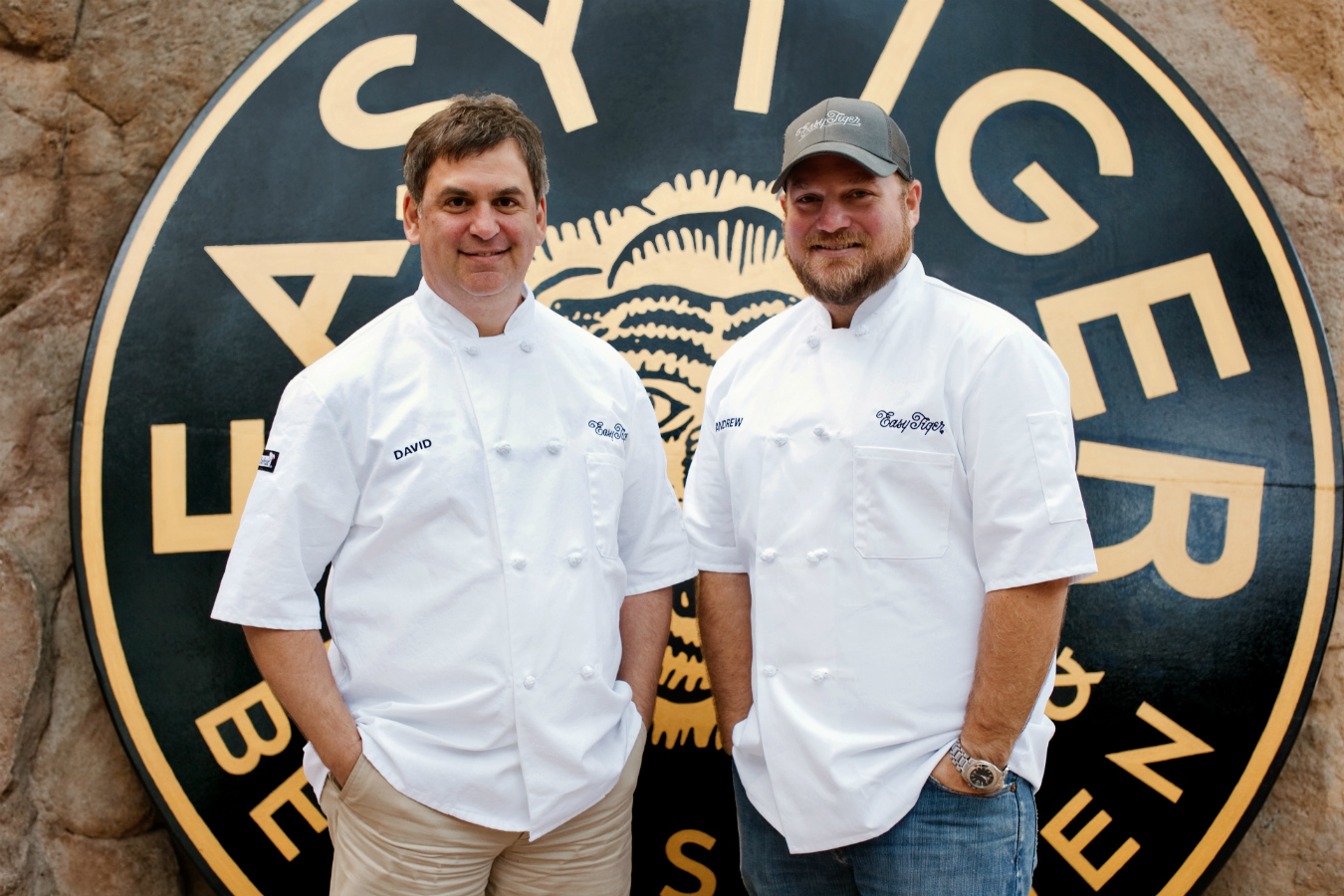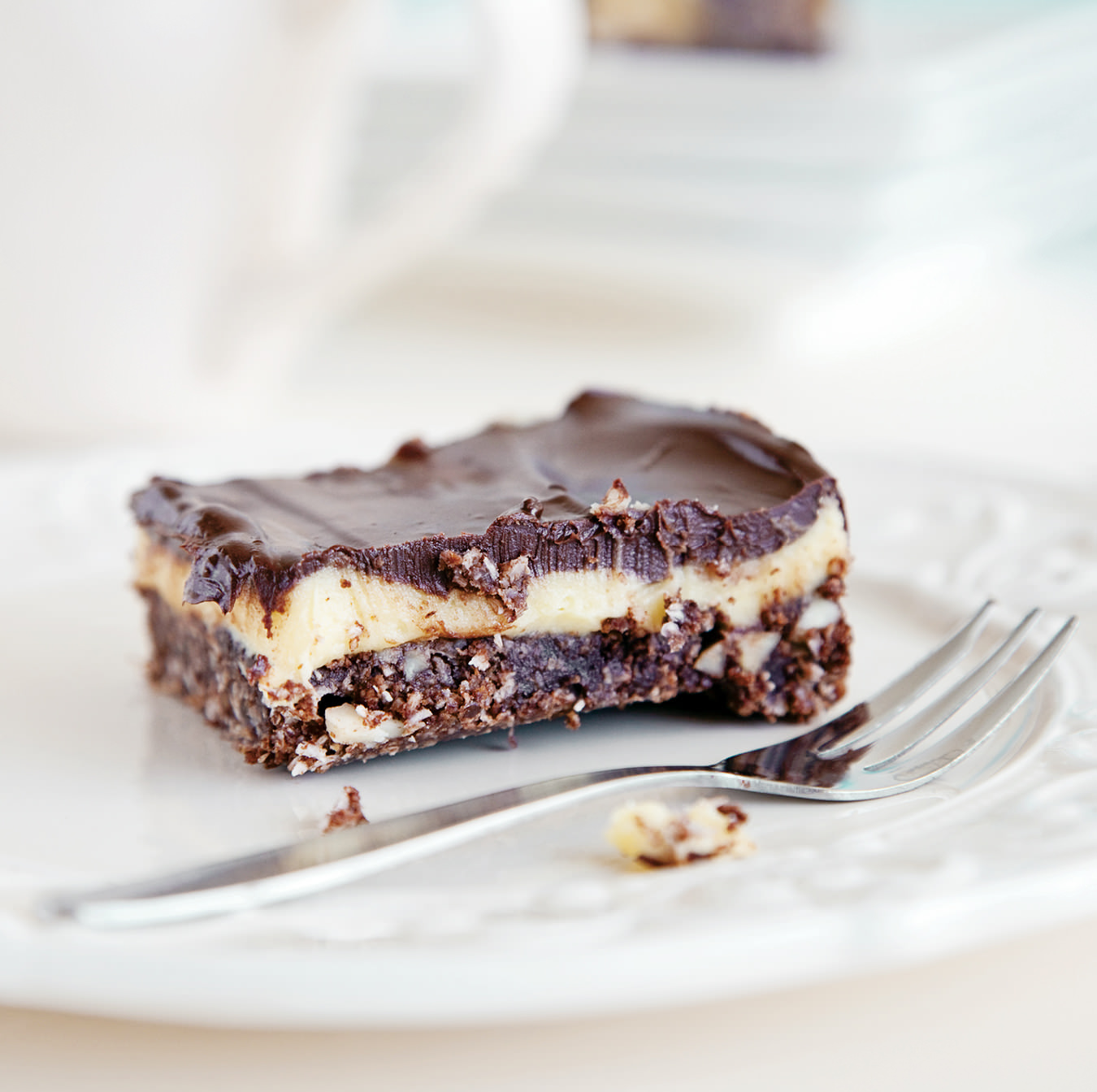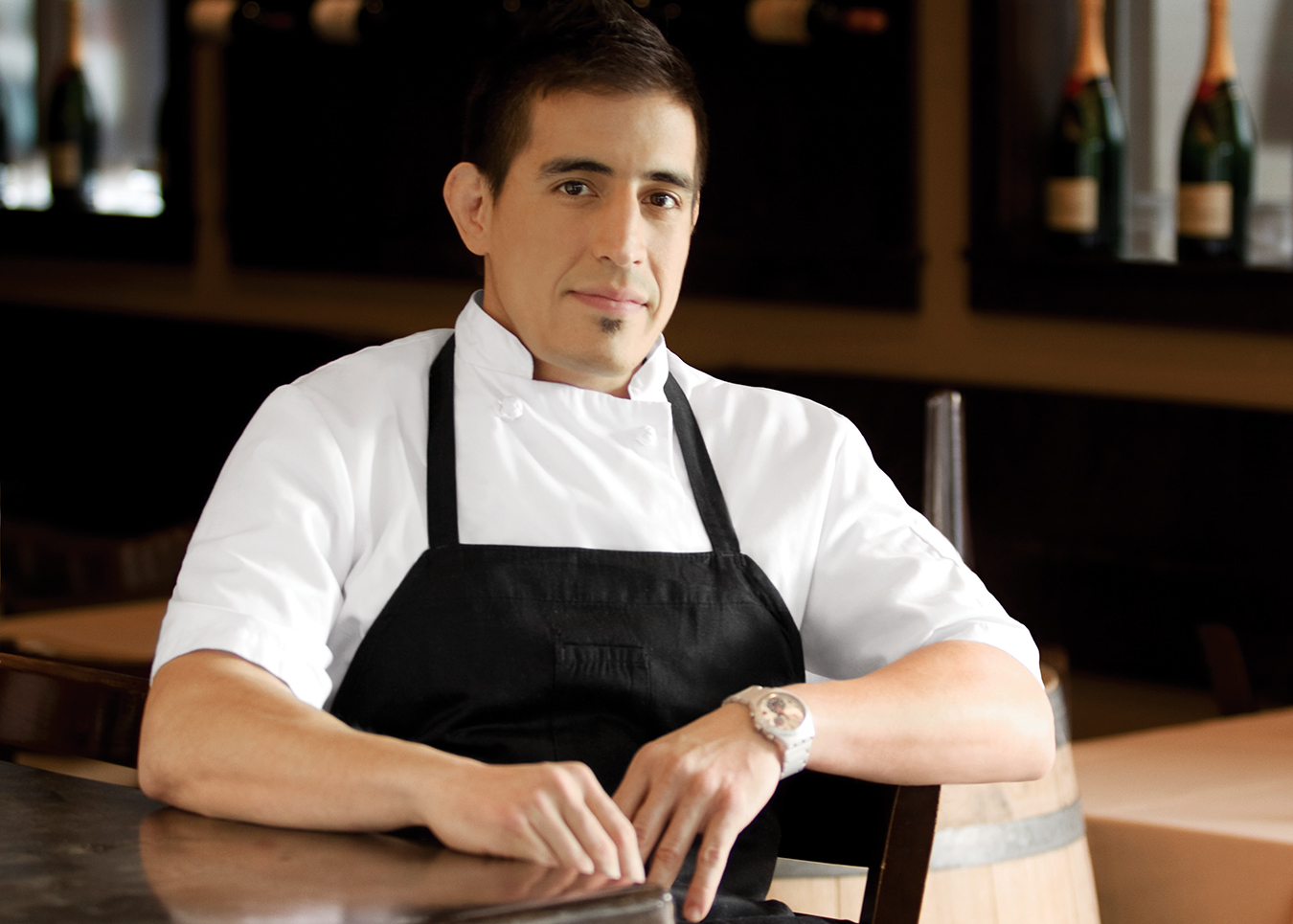La Petite Scierie
A foie gras emporium.

Foie gras, confit de canard, and rillettes pur canard line the shelves of Petite Scierie, a tiny emporium located on Île Saint-Louis in Paris. Photo by Jessica Tran.
Had you been in Paris this past June 21, you could have sneaked a small jar of foie gras and maybe a crusty baguette and perhaps a bottle of wine into the church on Île Saint-Louis, which, in celebration of France’s annual Fête de la Musique, offered an evening of non-stop Bach. And although the experience may not have been the exact idea of heaven proposed by 19th-century cleric Sydney Smith, “eating foie gras to the sound of trumpets,” it would have come close.
By any standard, rue Saint-Louis en l’Île, the narrow street the church stands on, is a celestial route for food lovers. Even on chilly days, people wait in long lines outside Berthillon for cones of marron glacé or noisette ice cream. The neighbourhood’s small supermarket displays punnets of jewel-like black and red currants. The butcher’s charcuterie is a work of art, the fromagerie makes you swoon, as do the waves of buttery perfume coming from the boulangerie, and “the cave” stocks everything from a sturdy red for tonight’s daube to push-the-bateau-out vintages. At number 60, a tiny emporium called La Petite Scierie is renowned for its foie gras.
Owner Paul Douy doesn’t just sell the satiny livers of fattened ducks. You could say that he curates them, carefully choosing the birds he transforms into delectable products at his longère (farmhouse) in Pouilly-sur-Loire in Burgundy, 200 kilometres south of Paris. Paul only selects the best. “You examine them,” he says. After all, he adds, “It’s me who gives the money [for the birds].”
Paul tells the story of foie gras, when the ancient Egyptians realized that ducks and geese that had gorged in preparation for their migration had delicious livers, they took things into their own hands. Paul and his wife, Catherine, first got involved with ducks in 1987, using their own traditional recipes, and packing the results in glass preserving jars called grand-mères. Initially, they sold at fairs and exhibitions; then, in 1999, needing a permanent base, they took over a small shop on Île Saint-Louis that once belonged to a fishmonger. (The name “La Petite Scierie” celebrates the little sawmill that provided the boards they used to build their Burgundy farmhouse and kitchen.)
The weighing, the careful seasoning, everything is done by hand before the jars are packed and dated. (According to Paul, you can take these bocaux across international borders.) “We make two sizes: big and little,” he says. The larger, a generous 320 grams, serves six to eight, whereas the smaller, a modest 180 grams, accommodates two to four.
But there’s more to a duck than its liver. The Douys suggest that customers use foie gras fat instead of butter, and they are also deft at utilizing every part of the bird. Shelves that line the stone walls of the shop hold glass jars of confit de canard, duck legs preserved in their own fat, and rillettes pur canard, a kind of rich pâté seasoned with bay leaves and thyme. Teamed with sharply dressed salad greens, Paul’s confited gésiers can convince even skeptics that duck gizzards taste good. In a variant on an old Alsatian recipe, Paul combines magrets—the sturdy breasts of foie gras ducks—and briefly roasts them in duck fat with onions and bacon cubes. Sauerkraut is then added, along with Pouilly Fumé, a wine better in this dish, he feels, than the traditional riesling.
Most days, manager Eve Juskov is behind the counter; because “working there is hard on the back,” Paul only personally sells his foie gras on Sundays and Mondays (the shop is closed on Tuesdays and Wednesdays), except in December, when he works seven days a week. Whereas North Americans focus on turkey for Christmas feasts, the French insist on foie gras (along with oysters, smoked salmon, champagne—you get the drift), with La Petit Scierie’s foie gras taking pride of place on the family table.
And that’s the only table where you will find it. Even in this city sparkling with Michelin stars—with the oldest eatery in Paris, La Tour d’Argent, only two blocks and a bridge away from his shop—Paul does not sell to restaurants. Nor does he distribute his products far and wide like Hédiard, Fauchon, and other noted French names. He won’t mail you a jar, either. Simply put, you must go to his shop to buy what he makes. His purchasers come from all over, he says: “People from the neighbourhood. Also tourists, who come back.”
“Je vous faire un dégustation [tasting],” he says, opening a bocal, and spreading some foie gras on a chunk of baguette. With it comes a sampling of wine: “Tout le monde says Sauternes” is best with foie gras, but, believing as most French do that the food and the wine of a region are natural partners, he pours his favourite Coteaux du Layon, a sweet wine from the Loire Valley.
Once upon a time, you could walk into La Petite Scierie and leave with a foie gras sandwich. People still ask. Sadly, rules changed in 2008 because of labelling regulations and now Paul doesn’t sell them. Although, as he points out, you can buy a baguette just down the street, and he sells wine (a bottle comes gratuit with the purchase of one large or two small jars), and some of Paris’s most romantic picnic spots on the quais of the Seine are only minutes away.
Photo by Jessica Tran.








